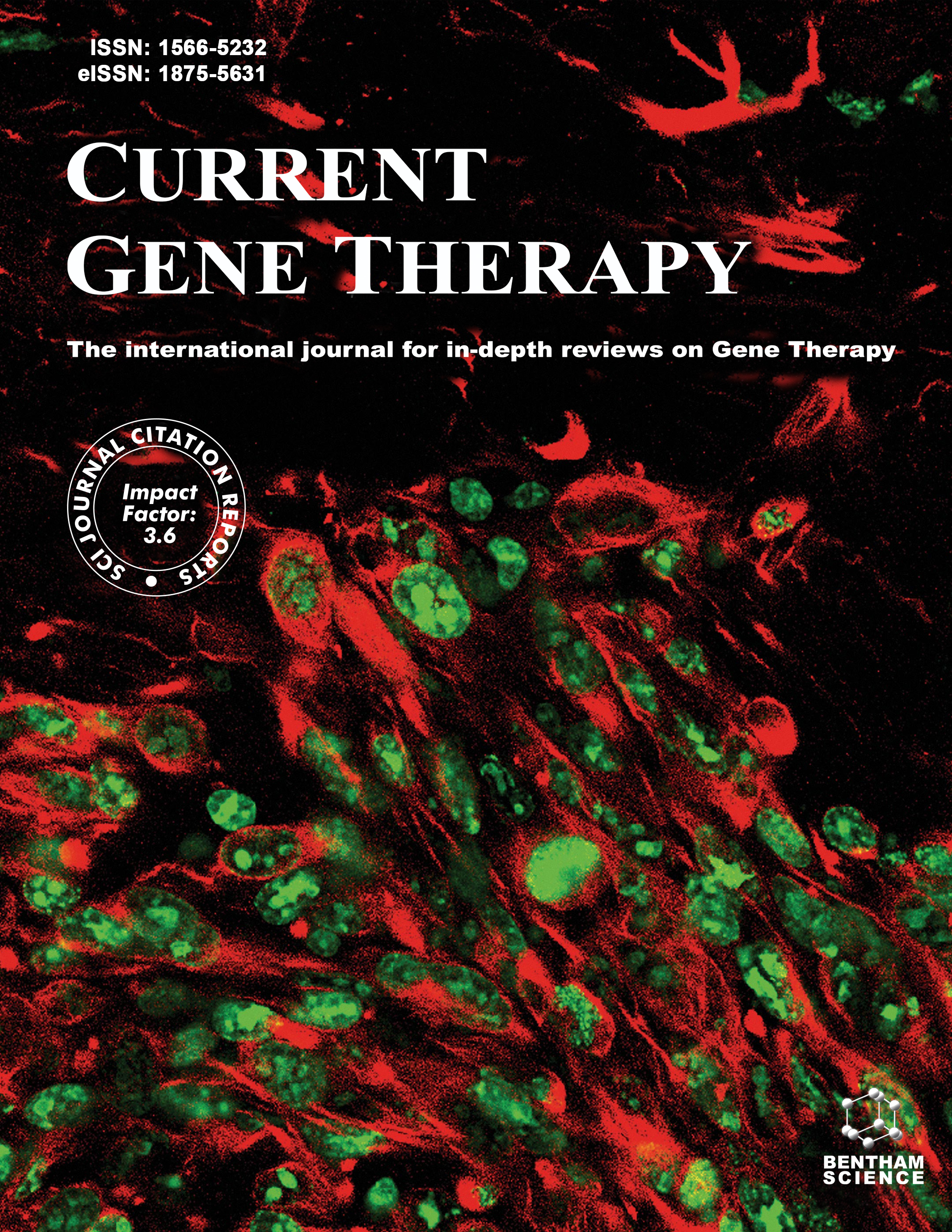-
oa CX3CL1/CX3CR1 Axis, as the Therapeutic Potential in Renal Diseases: Friend or Foe?
- Source: Current Gene Therapy, Volume 17, Issue 6, Dec 2017, p. 442 - 452
-
- 01 Dec 2017
Abstract
The fractalkine receptor chemokine (C-X3-C motif) receptor 1 (CX3CR1) and its highly selective ligand CX3CL1 mediate chemotaxis and adhesion of immune cells, which are involved in the pathogenesis and progression of numerous inflammatory disorders and malignancies. The CX3CL1/CX3CR1 axis has recently drawn attention as a potential therapeutic target because it is involved in the ontogeny, homeostatic migration, or colonization of renal phagocytes. We performed a Medline/PubMed search to detect recently published studies that explored the relationship between the CX3CL1/CX3CR1 axis and renal diseases and disorders, including diabetic nephropathy, renal allograft rejection, infectious renal diseases, IgA nephropathy, fibrotic kidney disease, lupus nephritis and glomerulonephritis, acute kidney injury and renal carcinoma. Most studies demonstrated its role in promoting renal pathopoiesis; however, several recent studies showed that the CX3CL1/CX3CR1 axis could also reduce renal pathopoiesis. Thus, the CX3CL1/CX3CR1 axis is now considered to be a double-edged sword that could provide novel perspectives into the pathogenesis and treatment of renal diseases and disorders.


